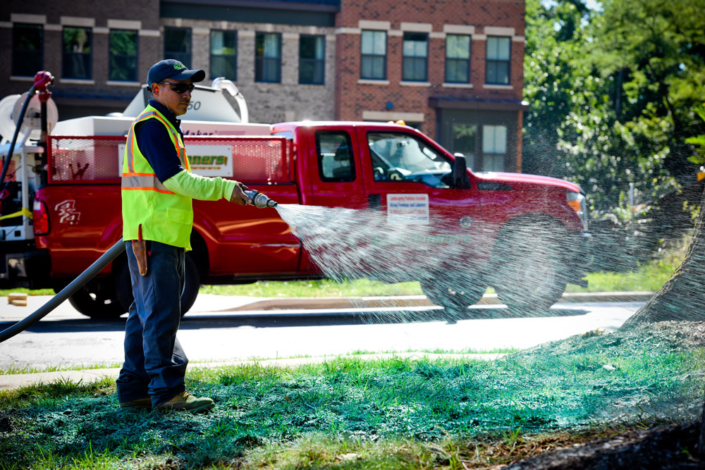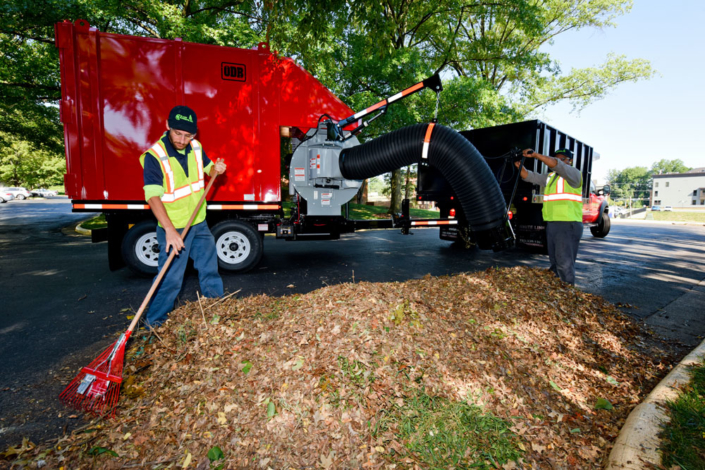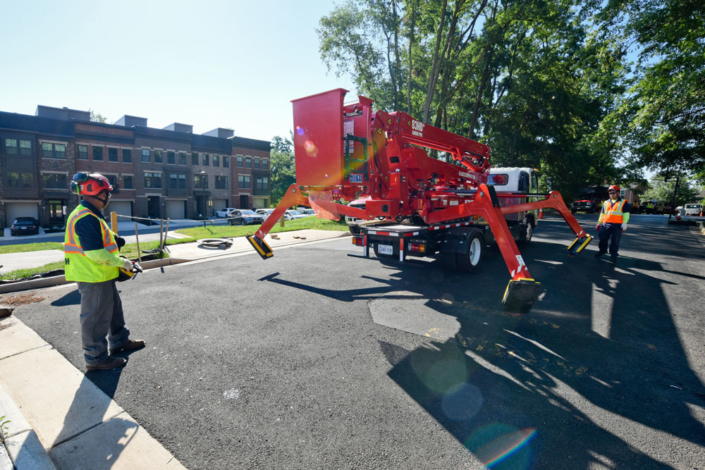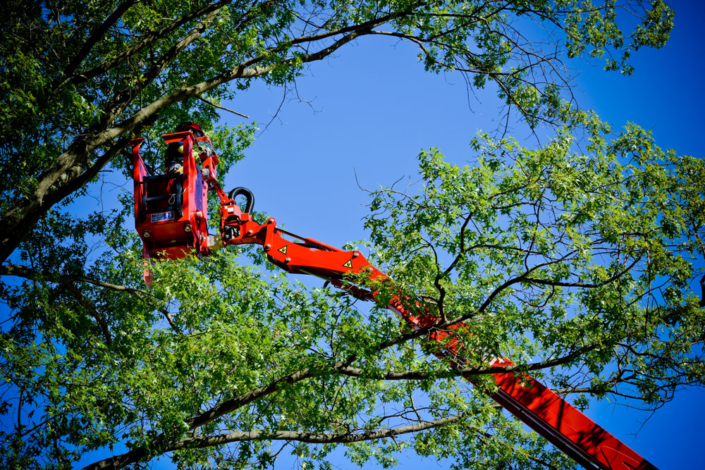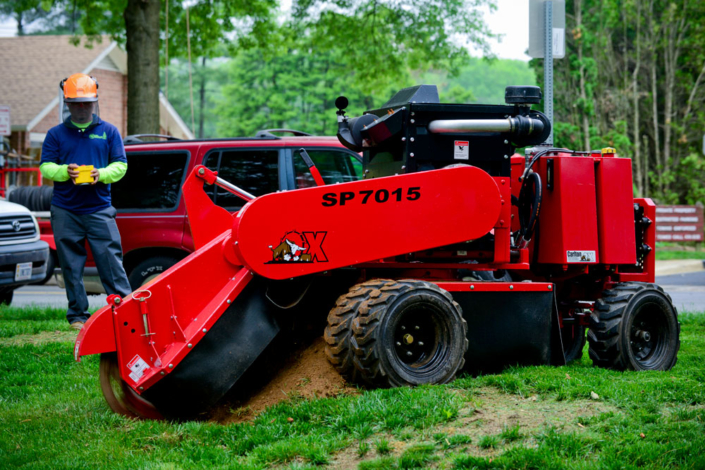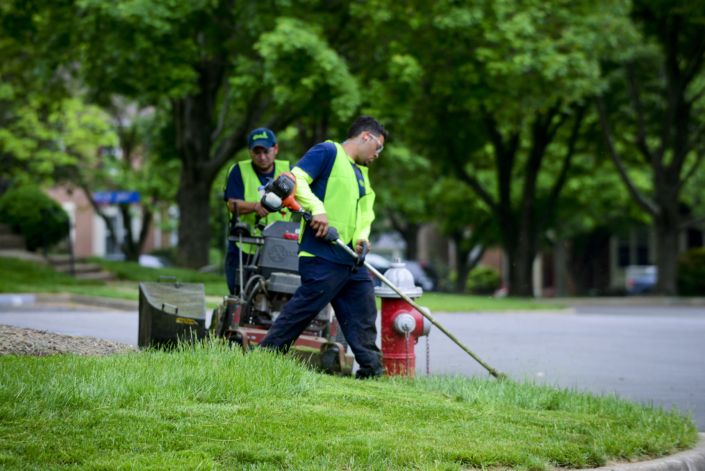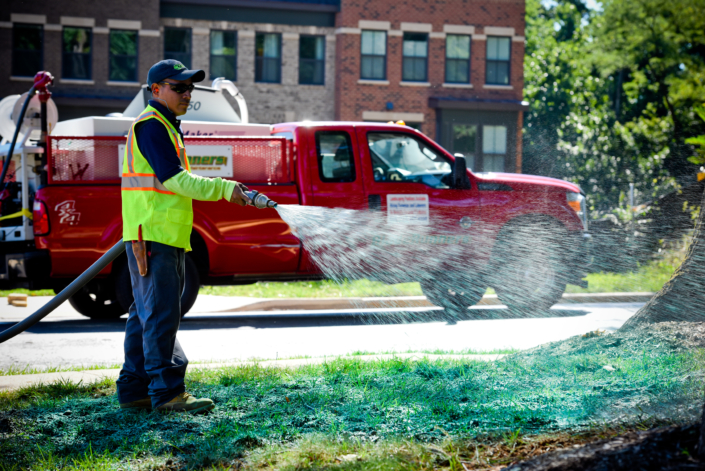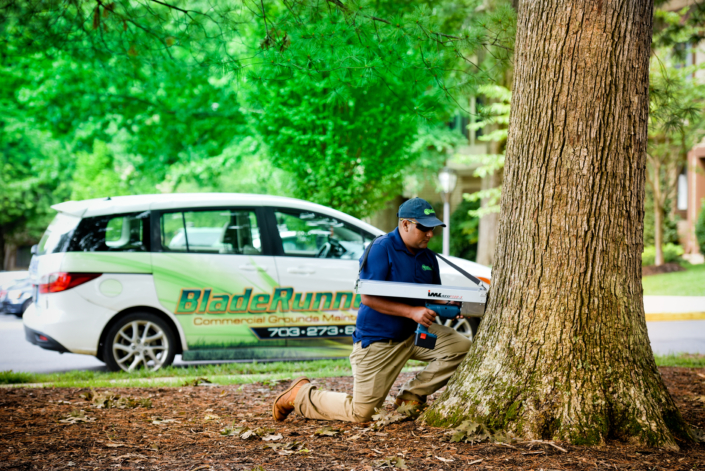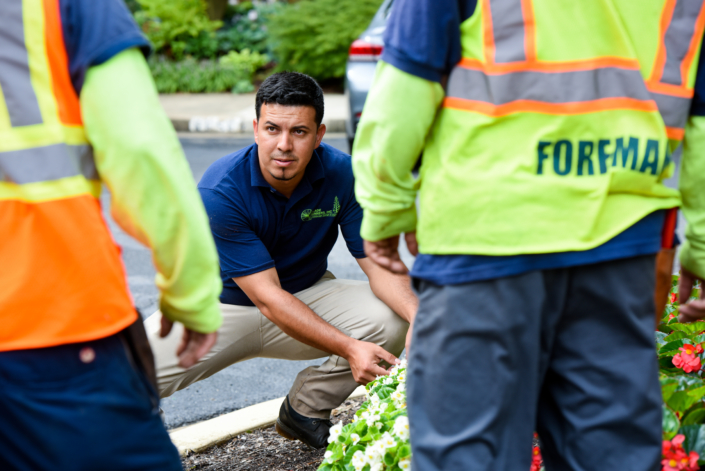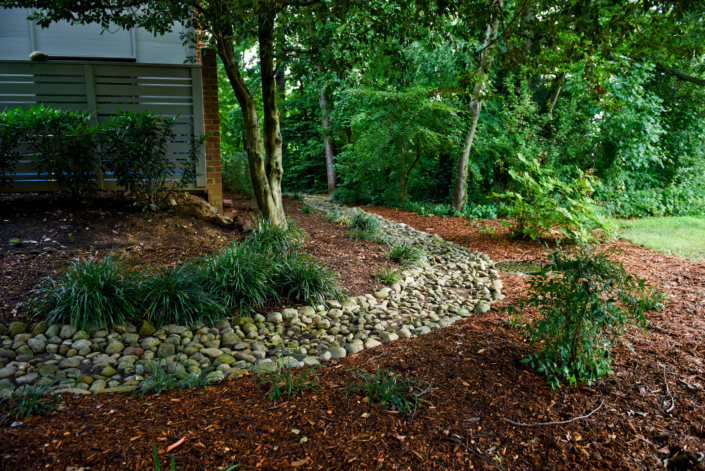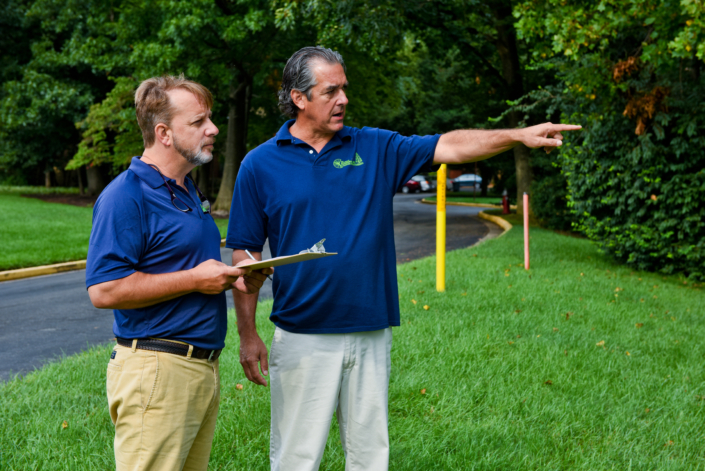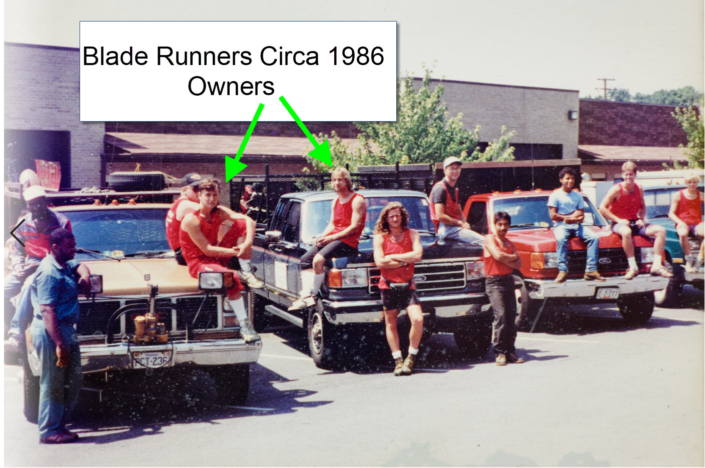About
Blade Runners was founded in 1984 by Eric Storck, a landscape gardener with a passion to deliver quality service in a courteous fashion.
Blade Runners strives to be different and better than our competitors. We believe the devil is in the details when it comes to comparing companies.
What sets us apart? Blade Runners has a commitment to a trained team of excellent employees. We only work in Northern Virginia, with locations in Sterling, Lorton, and Fairfax and we have a large number of clients located in close proximity to one another. We employee a wide range of progressive environmentally safe products. Our attention to technology is ahead of pack, and we have invested in different smart equipment to save time and money for our clients. Blade Runners has developed dozens of videos and articles to save our clients time making decisions and understanding the landscape maintenance process.
But don’t just believe us, visit our testimonials page or view our Google reviews.


